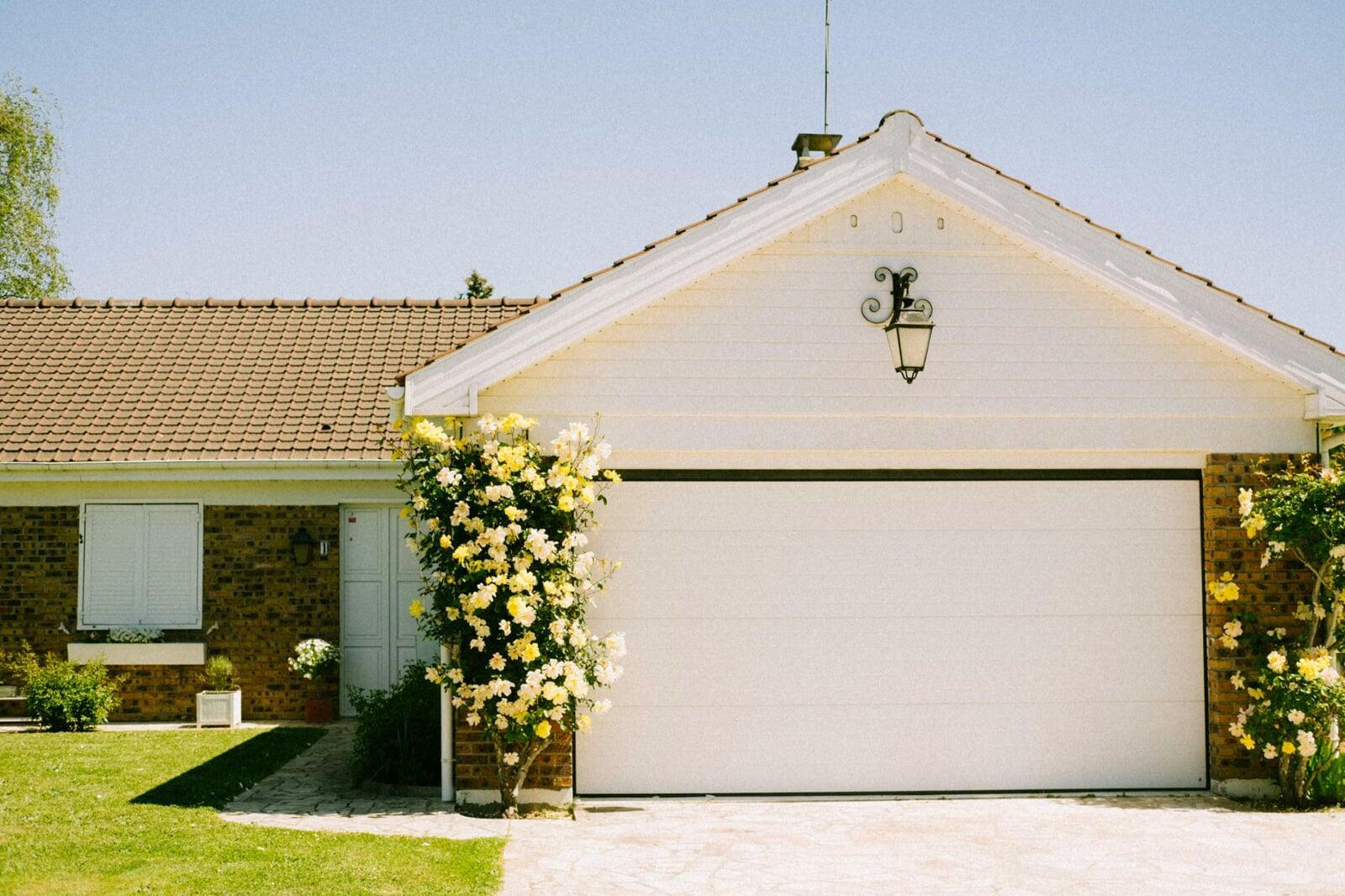Top Reasons ADU Permits Get Denied in California – And How to Avoid Them
Accessory Dwelling Units (ADUs) are increasingly popular in California real estate for their ability to provide affordable housing, increase rental income, and maximize property use. With recent ADU laws easing zoning restrictions and lowering development costs, homeowners can add value to their property while addressing the state’s housing shortage. Energy-efficient ADU designs and sustainable building practices also appeal to eco-conscious buyers. Whether for multigenerational living or passive income, ADUs offer a smart investment in today’s competitive housing market.

Benefits of Building a Permitted ADU
Building a permitted ADU ensures you're not only compliant with local and state regulations but also able to fully benefit from your investment:
✅ Legal Rental Income: Permitted ADUs can be leased for long-term income.
✅ Increased Property Value: A permitted ADU boosts your resale value significantly.
✅ Housing Flexibility: Great for multigenerational families or guests.
✅ Avoid Fines or Demolition: Illegal units can be subject to penalties or removal.
✅ Access to Financing: Permitted units can qualify for loans, insurance, and refinance options.
Top Reasons ADU Permits Get Denied in California
Even with favorable state laws, ADU permits are still regularly denied due to avoidable mistakes or oversights. Here's what causes most rejections—and how to sidestep them:
🚫 1. Incomplete or Incorrect Application
Why it gets denied: Missing site plans, incorrect measurements, or missing forms are common errors that lead to immediate rejection.
How to avoid it: Double-check your submittals or hire a permit professional to ensure all required documentation is accurate and complete.
🚫 2. Zoning Violations
Why it gets denied: Local zoning codes may impose restrictions on lot coverage, height, setbacks, or parking.
How to avoid it: Study your city’s ADU ordinance and compare it to state law. A site feasibility study helps confirm what’s legally buildable.
🚫 3. Inadequate Setbacks or Lot Coverage
Why it gets denied: Many applications fail to meet minimum 4-foot setbacks or exceed allowable lot coverage.
How to avoid it: Design your ADU to fit within the spatial limits of your property. Use a professional designer familiar with ADU zoning.
🚫 4. Property in Special Overlay Zone
Why it gets denied: Homes in fire hazard areas, historic zones, or coastal zones often face stricter regulations.
How to avoid it: Check if your lot falls into a special planning area. You may need additional approvals or reports (e.g., fire safety, historical review).
🚫 5. Unpermitted Work on the Main Property
Why it gets denied: If your existing home has unpermitted additions or code violations, your ADU application may be halted until these are resolved.
How to avoid it: Bring your main structure into compliance before submitting your ADU application.
🚫 6. Utility Conflicts
Why it gets denied: Some cities require proof of adequate utility capacity (sewer, water, electricity) or charge excessive connection fees.
How to avoid it: Work with a licensed contractor or utility consultant to prepare accurate load calculations and determine if separate meters are required.
🚫 7. HOA or CC&R Restrictions
Why it gets denied: Although state law generally overrides HOA bans, Covenants, Conditions & Restrictions (CC&Rs) can still be enforced in some cases.
How to avoid it: Review your CC&Rs and consider legal consultation if conflicts arise with HOA policies.
Check Common Zoning Challenges When Applying for an ADU Permit in California
How to Ensure Your ADU Permit Gets Approved
✔️ Do a Pre-Application Consultation: Meet with your local planning department early in the process.
✔️ Use a Local ADU Designer or Architect: Professionals know the local code and reduce chances of rejection.
✔️ Keep Your ADU Under 750 Sq Ft: This often exempts you from impact fees and minimizes red tape.
✔️ Know Your Rights: State laws limit how local governments can restrict ADUs—use this to your advantage.

